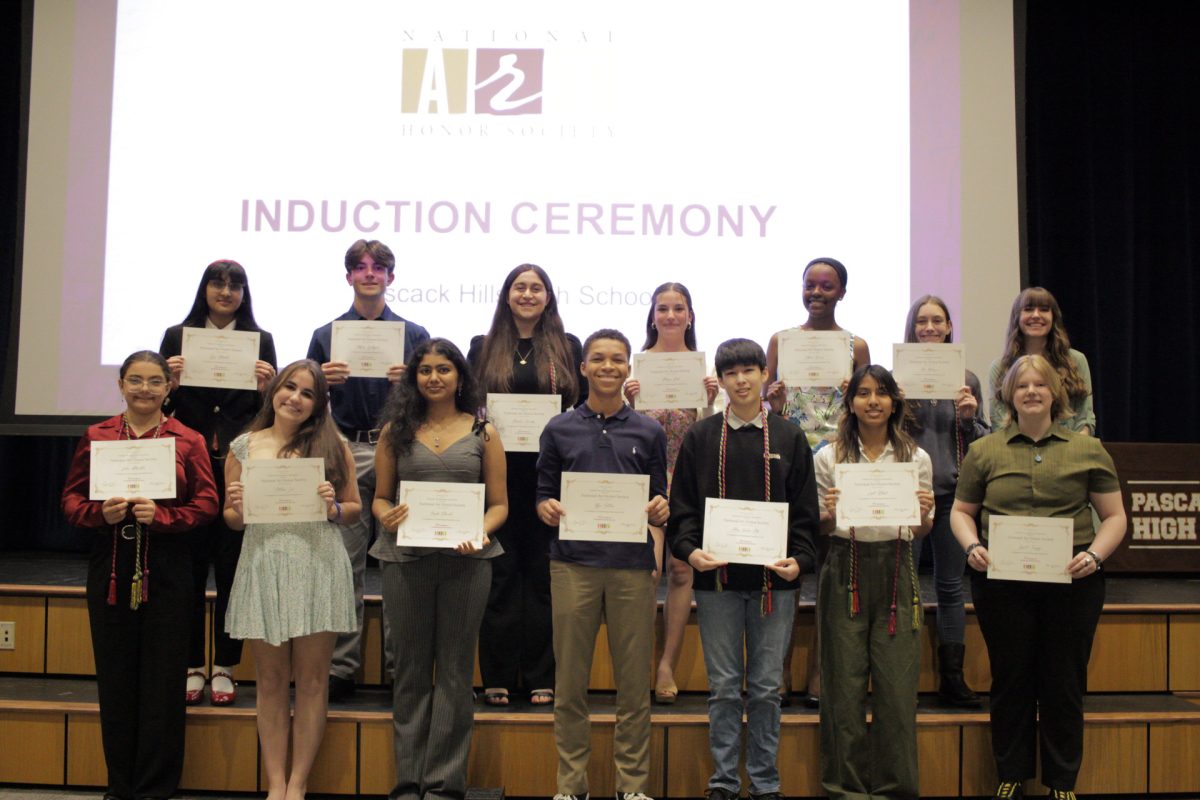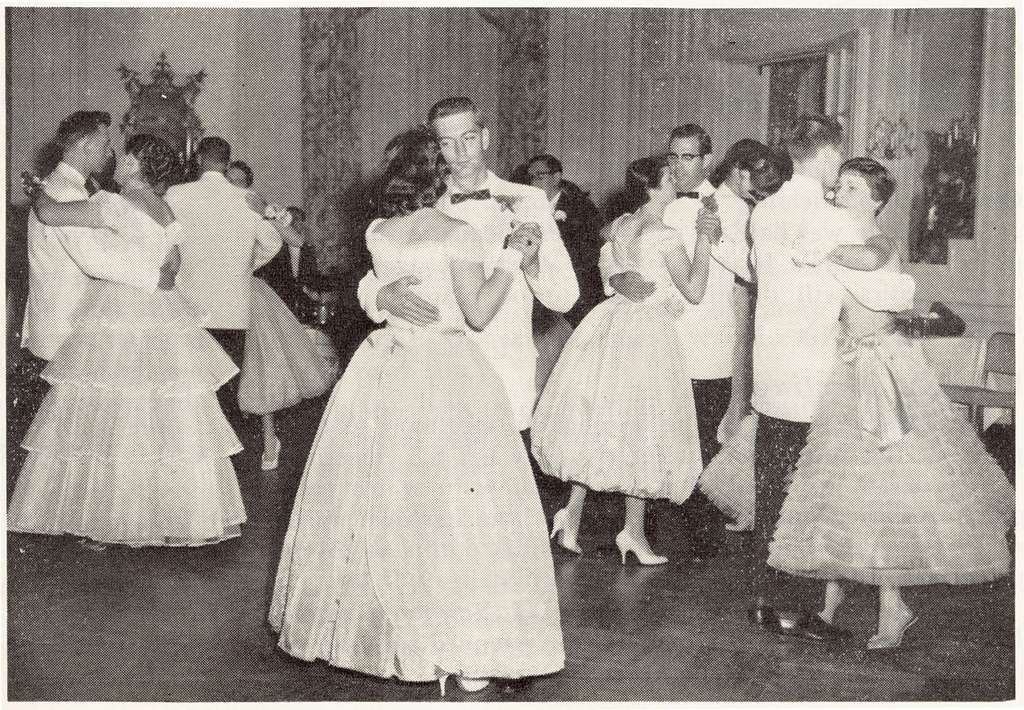Is 28 minutes enough to learn?
Delayed openings or other events sometimes crunch classes down to less than half an hour. Do Hills students need more time to make the most of those lessons?

Wallpaper Abyss
Monday, March 28, marked Pascack Hills’ annual career day, in which students were able to attend three presentations to hear about a variety of professions. The activity had obvious benefits, but also delayed classes to where first period didn’t start until 9:50 a.m. Since Monday also meant an eight-period schedule, that left under a half hour for each class.
Days like this are prime examples of how time in the classroom can be cut short due to a multitude of reasons. Delayed openings because of weather conditions, professional development, and anything else the mind can conjure have the potential to meddle with an otherwise consistent pace for learning.
Depending on the class, shortened periods might have a heavy effect on the ability to grasp the subjects being taught. A primary reason for school being as long as it is comes down to having ample chance to understand the material.
“Some critical concepts take time to cover,” said Hills freshman Ben Bauta. “There isn’t as much opportunity if classes are so short.”
Teachers can get through the shortened periods by selecting one of two options : try to cram their lesson in or don’t. Rushing through the material generally means more productivity but higher stress levels, the latter option being the inverse. Striking a balance between those can be tough and having 15 or 30 minutes on top of that can put more attention on the lesson rather than the crunch of having to fit everything into half an hour of class.
Other Hills students mentioned that shortened periods make it “hard to switch from one topic to the next so quickly” and that “there isn’t as much time for larger projects.”
The flip side of this is student engagement. It should go without saying that having enough time to cover material is important, but that doesn’t matter unless those in the classroom are actually interested in whatever is being taught.
Less than 10% of surveyed students say that 56 minutes, the period length on all normal days past Monday, is an ideal stay in the classroom. The 41-minute Monday length appears to be the popular favorite, followed by the sub-30 delayed opening schedule. Reading between the lines, Hills students appear to be more motivated when classes are distanced from lengths of an hour.
“I find that I’m less eager to complete my work during the longer periods,” said senior Emma Szabo. “Active learning takes energy and focus, which is hard to keep going for such a long time.”
The longer a class goes on, the more opportunity it has to meander and stray from the heart of the lesson. In a world oversaturated with millions of things to pay attention to at all times, cutting to the chase and not doing unrelated activities to fill the hour is more ideal than anything. The longer class goes on, the higher chance that classroom discussions delve into tangents and other topics unrelated to the main curriculum.
“This makes it harder to retain the information we’re learning,” Szabo continued. “Overall, I feel like longer class periods aren’t as beneficial for students as shorter ones.”
There are cases to be made for both hour and half hour classes, as well as cases against them. Despite the current schedule operating on longer periods more than it doesn’t, the common aim of students and staff is to have an engaging learning experience. If a particular aspect of the schedule is an impediment to that, students can rest assured that it will be addressed in time.
If it’s any consolation, the upcoming week looks to have no interference from delayed openings or other schedule conflicts. Rather, Hills can anticipate consistency, and consistency is key for getting through the day with a focused goal to learn.

Hills senior Ethan Kaufman is excited to be a part of the Trailblazer staff for another year. He wrote for the publication a few times his freshman year but became more involved his junior year as a staff member. This year, Kaufman is looking forward to editing the Arts & Entertainment section and assisting in editing for the Sports section.
Fun fact: Kaufman watched 671 movies in the span of a year.










































